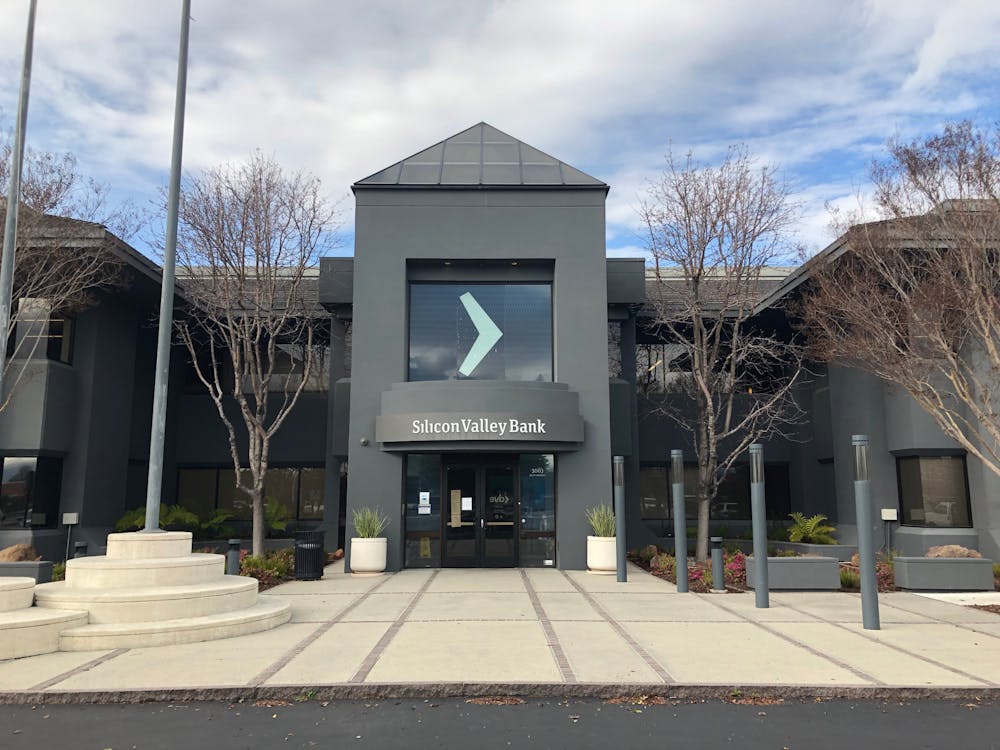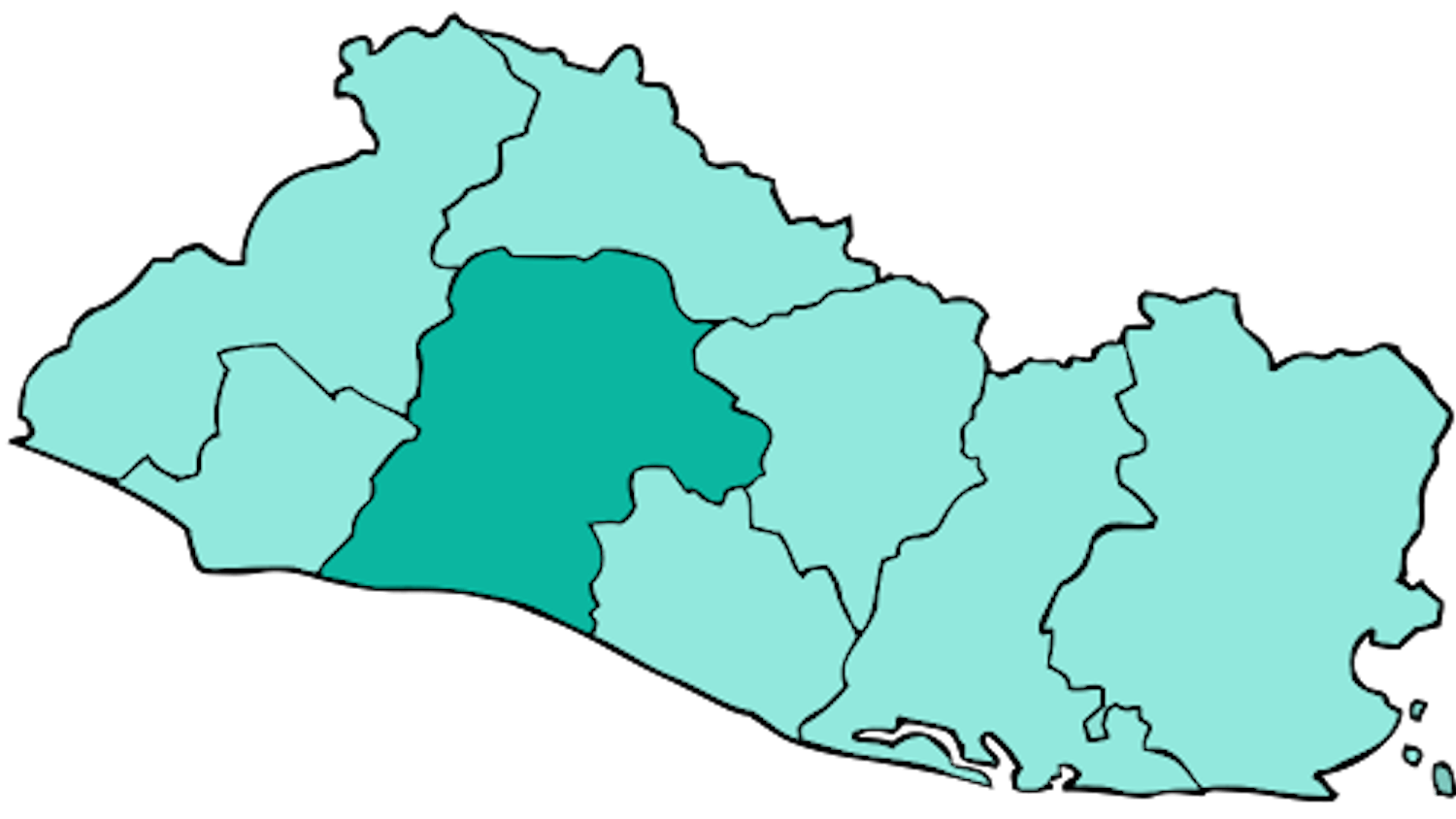By Gauri Patel
Staff Writer
On March 10, California-based Silicon Valley Bank collapsed and was taken over by federal regulators, marking the largest failure of a U.S. financial institution since the height of the global financial crisis of 2008, according to AP.
A week later, a second U.S. regional bank, Signature Bank, was shut down after regulators grew concerned about its financial health, mainly because of its exposure to the volatile crypto market, according to NPR. Both banks are now under the control of the Federal Deposit Insurance Corporation (FDIC).
As SVB grew to be among the largest banks in America, their level of deposits, primarily by venture capital firms and tech startups, increased rapidly. SVB invested these funds in “riskless” longer-term mortgage-backed securities, or U.S. government bonds, when rates were near zero to earn higher yields, according to NPR.
When the Federal Reserve began to increase interest rates, the market value of SVB’s long-term bonds dropped. This is due to the inverse relationship between bond prices and interest rates: as interest rates increase, the market price of older bonds decreases because new bonds pay out higher interest rates.
SVB was forced to sell some of its $21 billion investments at a loss and later announced that it suffered a $1.8 billion after-tax loss, according to NPR. SVB urgently needed to raise more capital to address depositor concerns. Rumors began to pick up about the bank, leading to consumer panic and depositors rapidly withdrawing money. Consequently, multi-million, even multi-billion dollar accounts, were cashing out all at once.
Banks are only required to physically carry a portion of depositors' money in cash, called a fractional reserve. This meant that SVB was unable to give depositors their money as it was held in long-term bond investments that were no longer worth as much, leading to a bank run, which is when many clients withdraw their money in anticipation of a bank failure in the near future.
"In a single day last week, depositors knocked on the door and pulled 41 billion depositor dollars out," says Mark Williams, professor of finance at Boston University and a former bank examiner for the Federal Reserve, to NPR. "That's about a quarter of their total deposits. No bank, no matter how strong, could ever survive that sort of withdrawal.”
It was a bank run on a scale that has not occurred in the U.S. since the Great Depression, according to Williams.
The financial industry, already struggling with the consequences of climbing interest rates and self-inflicted wounds, has felt the shockwaves after the collapse.
People across the nation have begun withdrawing their money from smaller, regional banks leading to their destabilization. In fact, a recent study has found that 186 more banks are at risk of failure if only half of their depositors decide to withdraw funds. Traditional banks have also seen plunging stock values as a result of investor panic, according to NPR. JPMorgan is down more than 7 percent, while Wells Fargo and Bank of America are both down more than 15 percent.
The FDIC insures deposits up to $250,000 per depositor, per account ownership category in the event of a bank going under. The concern with SVB is that more than 90 percent of the deposits exceeded the amount covered by the FDIC, according to the New York Times.
To quell any concerns about the abrupt bank failures, President Joe Biden assured individuals and businesses that had deposited money with SVB that they will be able to access all their cash in full after the government stepped in to protect their deposits, including those above the agency's $250,000 insurance cap, according to CBS. The coverage of the deposits will not cost taxpayers as they will be funded by fees regulators charge to banks.
“Americans can have confidence that the banking system is safe,” Biden said in remarks from the White House. “Your deposits will be there when you need them.”
Investors, however, will not be protected, as they knowingly took a risk.
In addition, the Federal Reserve initiated a broad emergency lending program intended to boost confidence in the nation’s financial system, according to AP. Banks, credit unions and financial institutions can borrow money straight from the Fed in order to cover the rush of customer withdrawals without having to invest in bond sales, like the kind that took out SVB, which would threaten their financial stability.
Despite the current state of the banking system, the Biden Administration sought to reassure the public that the banking system is safe and remind the public of the progress the economy has made over the past years.
“Now we need to keep the program — this progress going,” Biden said. “That’s what swift action that my administration, over the past few years, is all about: protecting depositors, protecting the banking system, protecting the economic gains we have made together for the American people.”







